The 1951 Crosley Hotshot may not be a household name, but this pint-sized powerhouse made a significant impact on the world of racing. Known for its unique design and surprising speed, the Hotshot continues to captivate collectors and automotive enthusiasts alike.
Revolutionary Design: Breaking Norms
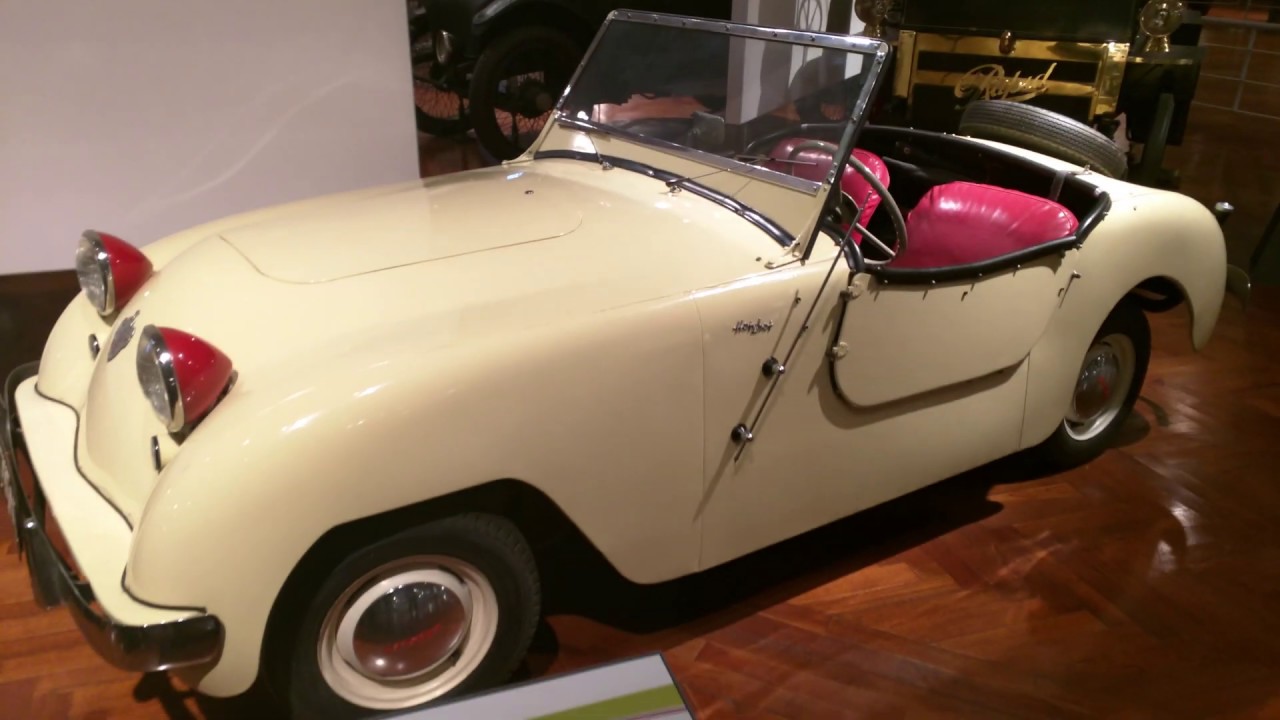
The 1951 Crosley Hotshot challenged conventional automotive design with its minimalist approach. Eschewing the bulky builds typical of its era, the Hotshot featured an open-top, two-seater roadster design that was as practical as it was sporty. Its streamlined body was engineered to reduce air resistance, enhancing its speed capabilities.
This revolutionary design was not just about aesthetics; it also prioritized performance. By focusing on simplicity and functionality, Crosley created a vehicle that was both visually distinct and highly effective on the racetrack, setting new standards for compact sports cars.
Lightweight Build: A Speed Advantage

Weighing in at just over 1,100 pounds, the Crosley Hotshot was significantly lighter than most cars of its time. This lightweight build was a strategic advantage, allowing it to achieve impressive acceleration and top speeds despite its small engine.
The use of lightweight materials and a simple structure not only contributed to its speed but also improved fuel efficiency. This made the Hotshot an economical choice for consumers who desired performance without the hefty fuel costs associated with larger vehicles.
The Engine: Small Yet Mighty
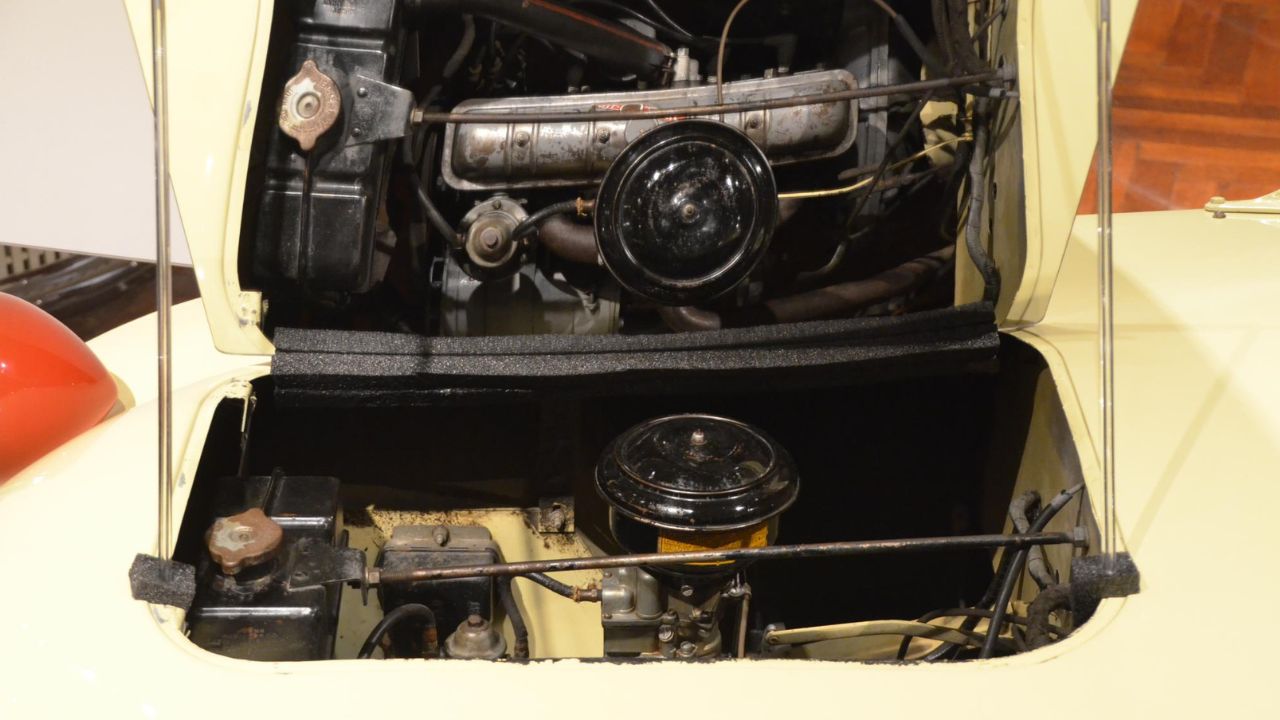
Under the hood of the Crosley Hotshot lay a 44 cubic inch, 26.5 horsepower engine. While modest by modern standards, this engine was considered advanced for its time, utilizing a high-revving overhead camshaft design.
The engine’s compact size did not hinder its performance; instead, it complemented the car’s lightweight design. The resulting power-to-weight ratio allowed the Hotshot to compete effectively against larger, more powerful vehicles, making it a formidable contender on the racetrack.
Racing Achievements: A Surprising Contender

Despite its small size, the Crosley Hotshot made a name for itself in the racing world. One of its most notable achievements was winning the Index of Performance at the 1951 Sebring International Raceway, a testament to its efficient design and reliable performance.
This victory was not just a fluke; it underscored the Hotshot’s capabilities and earned it respect among racers and automotive enthusiasts. Its success in racing circles demonstrated that a well-designed small car could compete with larger, more established models.
Limited Production: A Collector’s Dream
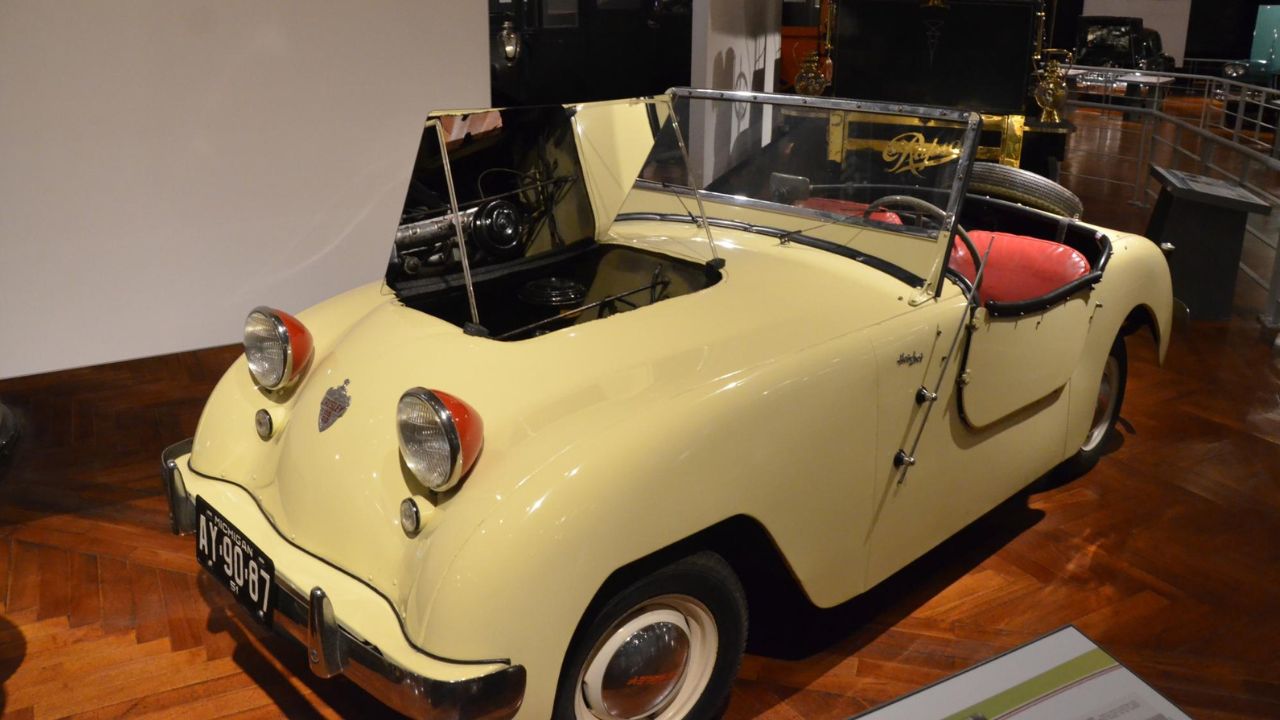
The Crosley Hotshot’s production was limited, with only a few thousand units manufactured between 1949 and 1952. This limited run has made the Hotshot a rare find and a prized possession for collectors today.
Its scarcity on the market adds to its allure, and those who own a Hotshot hold a piece of automotive history. The limited production run ensures that each vehicle is a valuable collector’s item, often fetching high prices at auctions and classic car shows.
Affordable Performance: Speed on a Budget
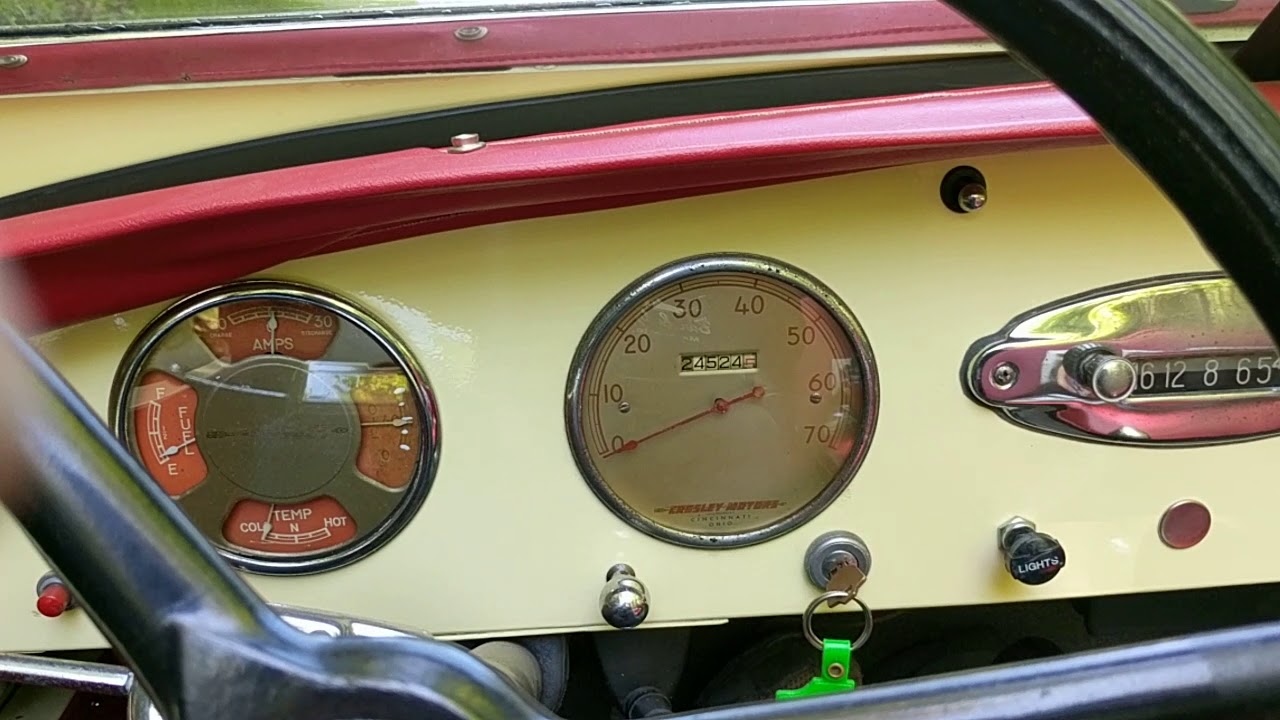
One of the most appealing aspects of the Crosley Hotshot was its affordability. It offered sports car performance at a fraction of the cost of its competitors, making it accessible to a broader audience.
This affordability did not come at the expense of quality or performance. The Hotshot provided an exhilarating driving experience, allowing everyday drivers to enjoy the thrill of a sports car without breaking the bank, a rare combination in the early 1950s.
Unique Features: Ahead of Its Time
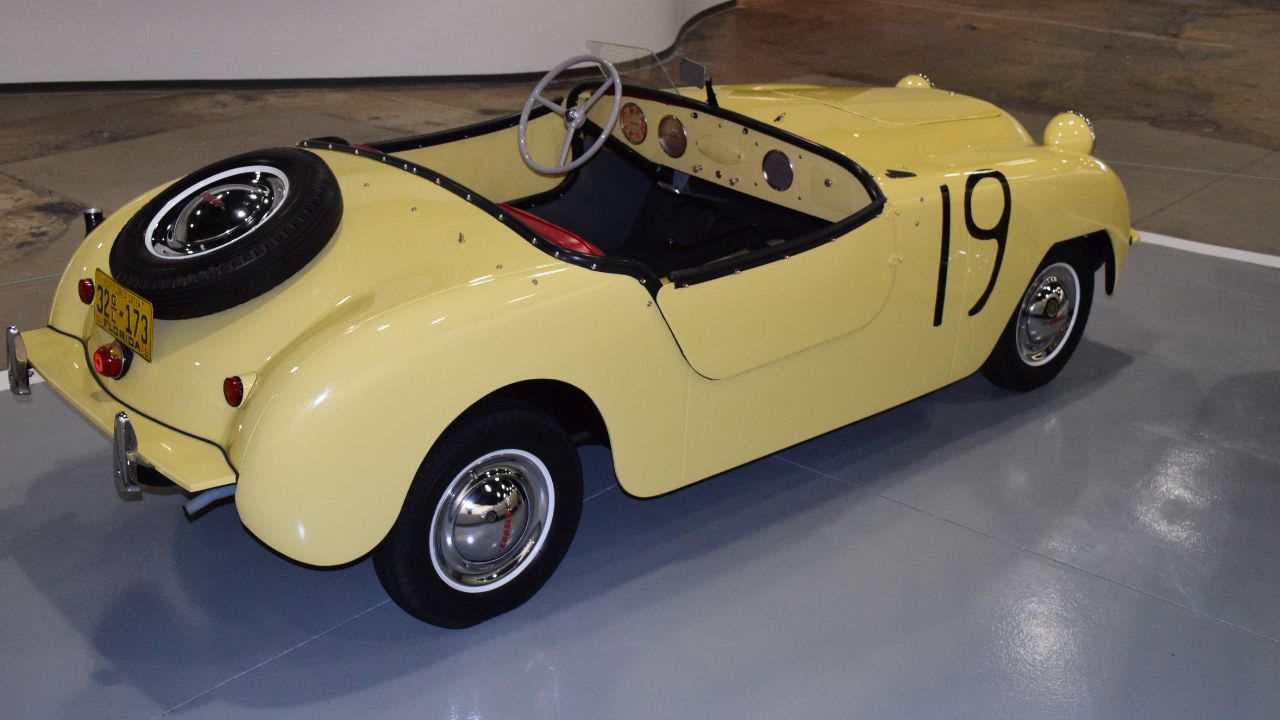
The Crosley Hotshot boasted several innovative features that were ahead of its time. It was one of the first American cars to offer disc brakes, which provided superior stopping power compared to the drum brakes commonly used at the time.
Additionally, the Hotshot’s design incorporated elements that would later become standard in sports car manufacturing. Its focus on aerodynamics, weight reduction, and engine efficiency set a precedent that influenced future automotive designs, highlighting its role as a pioneer in the industry.
Legacy and Influence: A Lasting Impact

The Crosley Hotshot’s influence extends beyond its racing accolades. As one of the earliest American sports cars, it paved the way for future models and inspired manufacturers to explore the potential of compact, efficient vehicles.
Today, the Hotshot is remembered as a trailblazer, a car that defied expectations and left an indelible mark on the automotive world. Its legacy continues to inspire car enthusiasts and collectors, cementing its place in history as a tiny speedster that shocked the racing world.
Like Fast Lane Only’s content? Be sure to follow us.
Here’s more from us:
*Created with AI assistance and editor review.

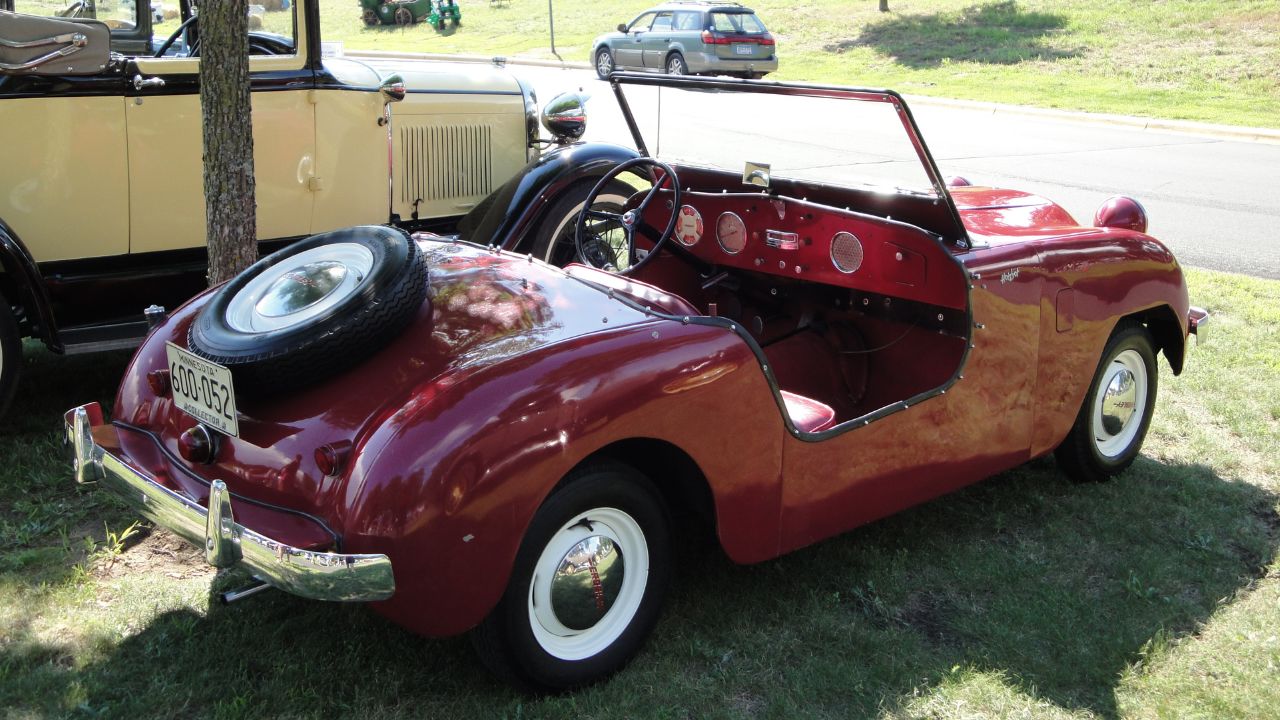





Leave a Reply